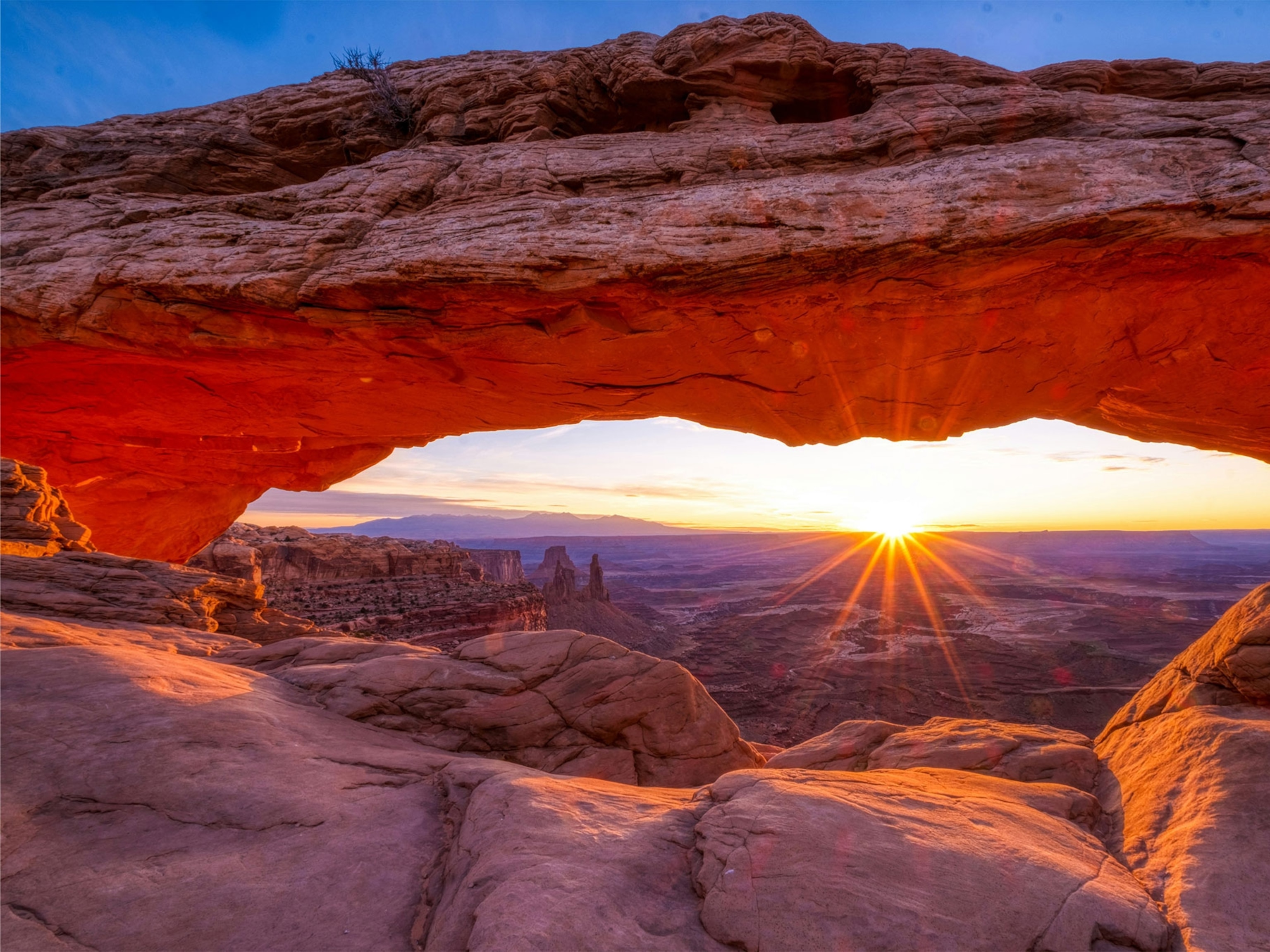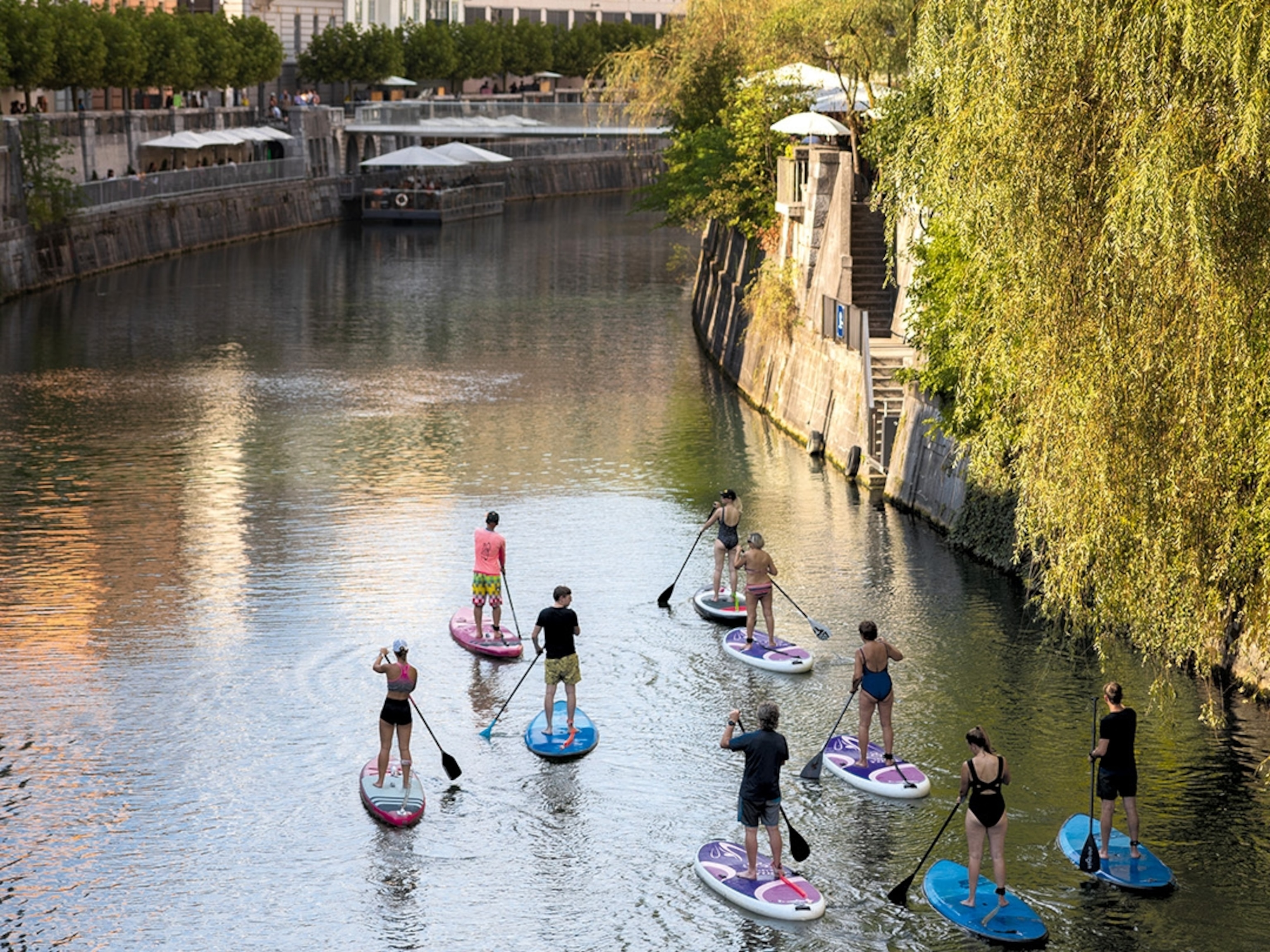
Indiana Jones and archaeology in Sicily: how to plan a walking tour of Syracuse
Follow in the footsteps of the on-screen adventurer with a walking tour of architecture and archaeology in Sicily's southeast city, uncovering set locations from the latest film.
The Greeks were in Syracuse, the Romans too. The Byzantines, Aghlabids and Normans all had their time in this southeast corner of Sicily — and each left behind architectural treasures around which the modern city has grown. The island district of Ortygia oozes classical Baroque charm, but between the honey-coloured piazzas, there are also millennia-old ruins. Over the bridge in the mainland quarters of the city, churches conceal entrances to eerie catacombs and the Neapolis Archaeological Park is home to an encyclopaedia’s worth of ancient buildings and mysterious caves. These sites have caught the eye of Hollywood: this summer, Indiana Jones and the Dial of Destiny will show off Sicily in the fifth instalment of the famed archaeologist’s adventures — and Syracuse was a shooting location for a number of scenes in the film.
(How Indiana Jones Actually Changed Archaeology)
Here’s how to spend a day following in Indy’s footsteps — from creepy underground crypt to crumbling ancient temple — in search of fortune and glory. Happily, the greatest peril here is overindulgence at Syracuse’s delightfully rustic trattorias and gelato stalls.
1. Catacombs of St John
Start your adventure at the ruined Basilica di San Giovanni in the heart of Syracuse, where crooked steps lead down to a subterranean labyrinth filled thousands of burial chambers cut into the walls of the cool, dank earth. Creep through the tight, arched tunnels to peer at early fourth- to fifth-century Christian frescoes under torchlight, as water drips from the rock above you and cobwebs drift in the stifled breeze.
2. Ear of Dionysius
Clamber back into the light and head over to the vast Neapolis Archaeological Park, home to sites spanning four millennia. Trails snake between orange trees to this 75ft high fissure in an ancient quarry wall. Legend says the acoustics of this manmade cave, shaped like an ear with a curved channel burrowed deep into the rock, were designed to amplify the conversations of prisoners who were locked up here. Call out into the darkness to hear your own voice echo back.
3. Roman Amphitheatre
Staying within the park, don’t miss the low-set ruins of the Roman amphitheatre — the third largest of its kind in Italy. Although trees and grassy knolls now encroach on the amphitheatre’s territory, the oval shape of the site is still clearly defined. Blocks of white rock, cut directly out of the earth, convey the magnitude of the original site, where gladiators battled thousands of years ago.
4. La Salumeria
Make for the coast, crossing the short bridge to the baroque island district of Ortygia, and find a table at La Salumeria. It’s close to the Ortygia street market where traders have set out their stalls for centuries, selling edible treasures plundered from the land and sea. The best spot is among the potted plants in the small, sun-blushed square out front, within earshot of market traders' calls. The restaurant (which doubles as a deli – perfect for browsing and buying on your way out) specialises in Sicilian platters of cold cuts, cheeses, olives, artichokes and sun-dried tomatoes. Piazza Cesare Battisti, 4.
5. Temple of Apollo
Walk off your lunch with a stroll through Ortygia’s narrow streets and open piazzas, stopping at the remains of the Greek Temple of Apollo. The sixth-century BC site is too fragile for visitors to properly explore, but let your eyes wander over its contours from the vantage point at the top of Piazza Emanuele Pancali. A medieval wall betrays the temple’s later lives as a mosque and a church, but a number of the impressive original columns remain, standing thick like sequoias between blocks of fallen stone.
6. Maniace Castle
End your archaeology quest at the southernmost tip of Ortygia, where Maniace Castle has stood firm against raiders since the 13th century. The site has been expanded and modified over the centuries since; before its latest role as a film set in Indiana Jones and the Dial of Destiny, the castle served as a palace, a prison and a lighthouse point. Take a walk along the ramparts for a cannon’s-eye view over the Ionian Sea, watching the sun set to the soundtrack of waves crashing on the rocks below.
Most famous for his Eureka-inducing theory on water displacement, Syracusan Archimedes also used his advanced knowledge of physics to create ingenious weapons that helped stave off years of attempted Roman invasions on the city.





